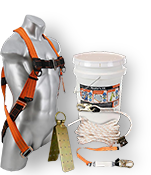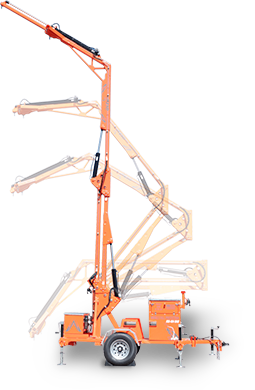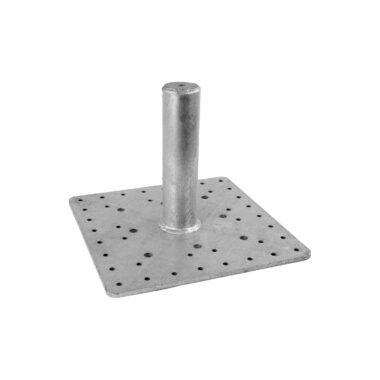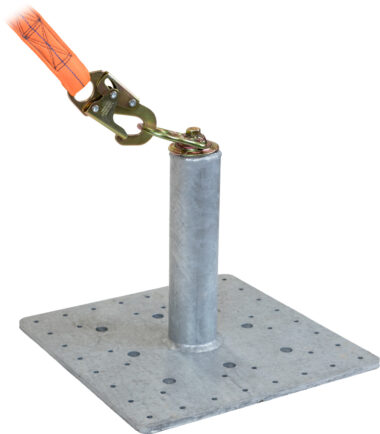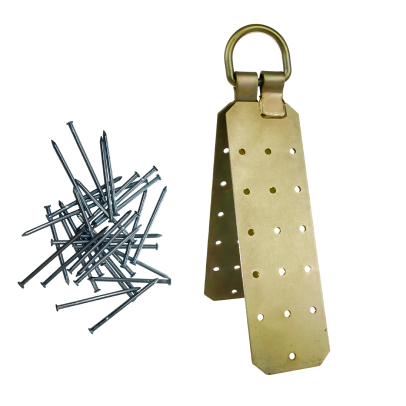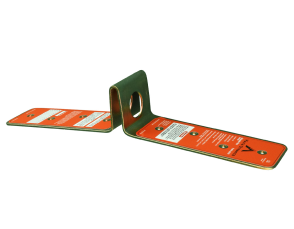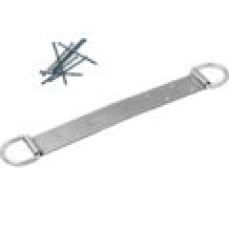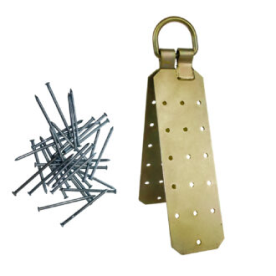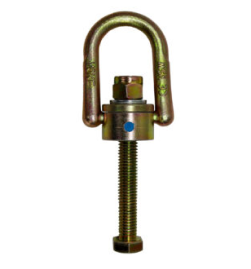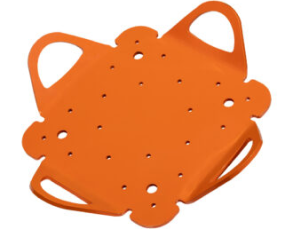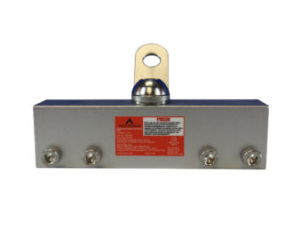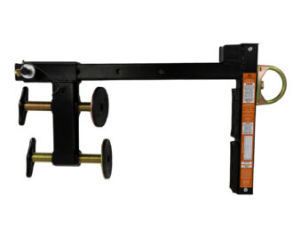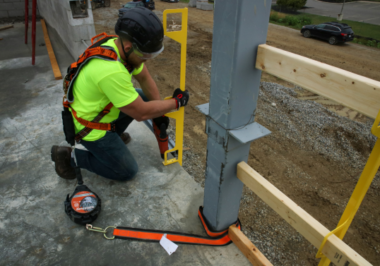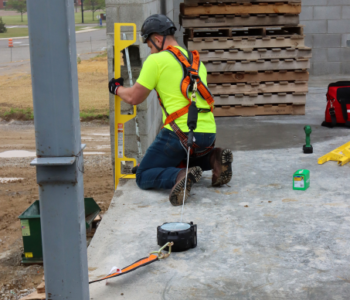Roof Type
Is the roof commercial or residential? Commercial roofs, unlike their residential counterparts, require routine maintenance, so permanent roof anchors are a better choice in this situation. Residential roofs rarely require long periods of work, and if there are maintenance jobs to be done.
Movement
Will the workers be moving around a lot on the roof? If so, your first thought may be to utilize more than one anchor point to protect employees, but this is often expensive. Instead, consider using roof anchor points.
Required Installation
Some roof safety systems are more complex than others, making them harder to install. For more complicated systems, you’ll have to train your employees extensively on how to install and use them. Systems such as horizontal lifeline systems require more extensive training.
Nature of the Work
What kind of work will you do on the roof? This will help you decide whether you need a temporary or permanent roof anchor. If you’re doing a one-time repair for a roof, temporary anchors will do the job. If frequent maintenance will be needed on a roof, then a permanent roof anchor should be considered.
Price
Budget is of course another important consideration, as some roof anchors are more expensive than others. Ultimately, however, you’ll want to choose the safest anchor for your application at the most reasonable price.
Roof Anchor Installation
Now that we’ve reviewed the anchor, lanyard and harness, we’ll discuss how various kinds of anchors are installed. How you install your roof anchor fall protection will depend on the type of roof you’ll be working on, which can be residential, commercial or standing seam.
Work done on roofs often uses anchor points with a single user fall arrest tie-off. Employees doing work on impenetrable roofs may utilize a portable deadweight anchor. For standing seam roofs, professionals use two-way anchors or roof clamps.
To pick the right one for your application, you need to consider the following:

